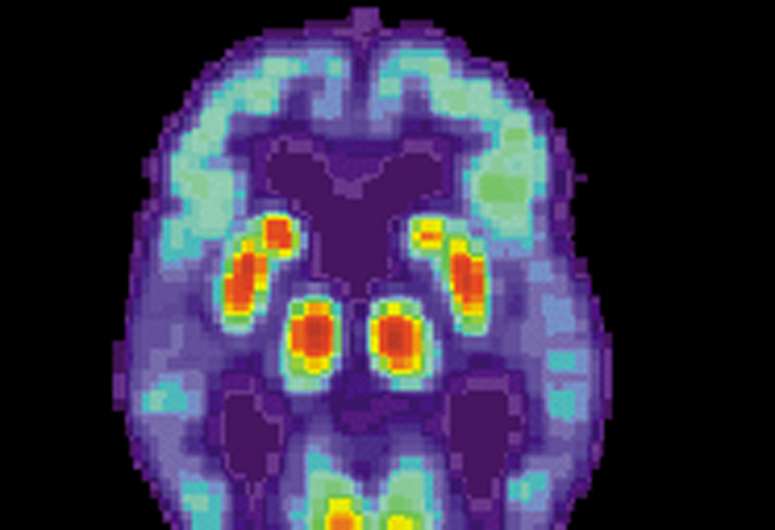
An article released this week in the journal Nature Medicine outlines plausible evidence that Alzheimer’s disease can be transmitted from person to person.
This discovery came from the long-term monitoring of patients who were administered human growth hormone (hGH) obtained from the brain tissue of deceased donors. The preparations of donated hGH were used for medical purposes from 1959, including in Australia from the mid-60s. The practice was halted in 1985 when it was revealed that about 200 patients worldwide who had received these donations developed Creutzfeldt-Jakob disease (CJD), a rapidly progressive dementia, an extremely rare condition, affecting about one person in a million.
CJD is caused by prions, infective particles consisting of abnormally folded proteins, which can be transmitted from cell to cell. Other prion diseases include kuru, a dementia seen in New Guinea tribespeople caused by eating human tissue, scrapie (a disease of sheep), and variant CJD or bovine spongiform encephalopathy, also known as mad cow disease.
Human growth hormone (hGH) is produced in the brain by the pituitary gland originally prepared from purified human pituitary tissue. However, hGH is now manufactured synthetically in a laboratory, eliminating the risk of CJD transmission through this method. The Nature Medicine paper presents the first evidence that transmission of Alzheimer’s disease can occur via human-to-human transmission.
The authors studied the outcomes of people who received donated hGH until 1985 and found five recipients who developed early-onset Alzheimer’s disease. They considered other explanations but concluded that the donated hGH was the likely cause. Considering that Alzheimer’s disease is much more common than CJD, the authors believe that those who received donated hGH before 1985 may be at higher risk of developing Alzheimer’s disease.
In Australia, donated pituitary material was used from 1967 to 1985 to treat people with short stature and infertility. More than 2,000 people received such treatment, and four developed CJD, with the last case identified in 1991. The risks of any other cases of CJD developing now in pituitary material recipients are considered to be incredibly small. Early-onset Alzheimer’s disease is uncommon, accounting for around 5% of all cases, and the risk remains very low. Although the long “incubation period” of Alzheimer’s disease may mean more similar cases may be identified in the future, the authors emphasize that Alzheimer’s cannot be contracted by contact with or providing care to people with Alzheimer’s disease.













